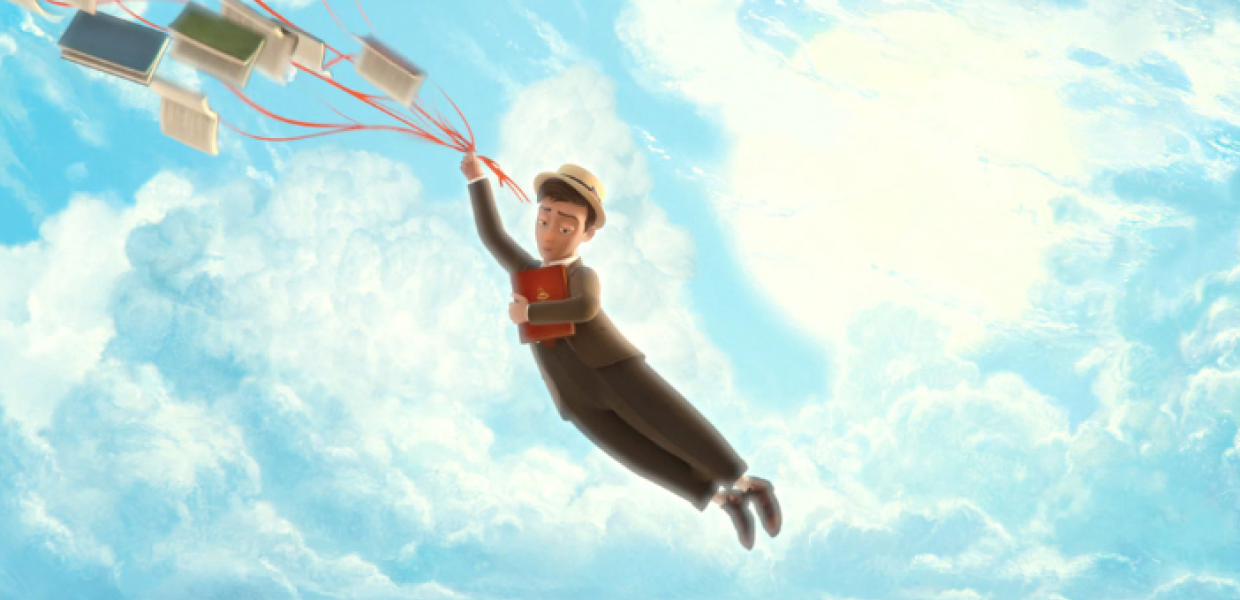Europeana celebrates 5 years and 30 million objects

This November, Europeana - Europe's digital library, archive and museum - celebrates two significant milestones - its fifth birthday and the arrival of its 30 millionth cultural object, two years ahead of the 2015 target.
Today Europeana brings together the online collections of 2,300 galleries, libraries, museums and archives from across Europe, through both its website and an API. This means that anyone anywhere from members of the public to those working in the creative industries can explore Europe's cultural heritage and build their own services, apps or games with it.
And it isn't just about historical documents and old masters - the 30 millionth item to be available via Europeana is a delightful animation that won an Academy Award for Best Animated Short Film in 2012. The Fantastic Flying Books of Mr. Morris Lessmore is a story of people who devote their lives to books and books that return the favour. Morris Lessmore is a poignant, humorous allegory about the curative powers of story. The film comes to Europeana through Ars Electronica, an Austrian organisation that brings together art, science and technology, Kulturpool, the Austrian national aggregator, and the Digitising Contemporary Art project. Unusually for a contemporary film, the animation is available under a Creative Commons licence which means that it can be used and shared legally.
‘The Fantastic Flying Books of Mr. Morris Lessmore’, Moonbot Studios, William Joyce, Brandon Oldenburg, made available to Europeana through Ars Electronica and Kulturpool, CC BY-NC-ND
Watch the animation
Over the past five years, Europeana has become a driving force in the world of digital cultural heritage. The Europeana model was adopted by the Digital Public Library of America, and the organisation has become a global leader in areas such as open access. In 2012, Europeana created a watershed moment in open access when it released its entire dataset, 20 million items at the time, under a CC0 dedication, making all of its metadata freely available for use by all and reinforcing the importance of public domain for creativity.
Europeana has also helped shaped how members of the public interact with their heritage online. Through the Europeana 1914-1918 and Europeana 1989 projects, thousands of people in 17 countries have been able to share more than 60,000 of their family items and stories online, creating unique pan-European perspectives of these two significant periods in history.
Jill Cousins, Europeana's Executive Director, says,
'Reaching our fifth birthday and the 30 million mark in the same month is really something to celebrate. We are at a turning point and hope to start to reap the rewards of the hard work that has gone into Europeana – thousands of organisations across Europe work together on everything from developing new content and technology to making sure that digital collections can be made available in a useful and uniform way. The Europeana Open Culture app shows what is possible with openly accessible, correctly labelled data. We are looking for more such creative uses of our cultural heritage. Our task now is to move from being an online portal to a global platform where anyone can use the data for their own developments and projects.’

